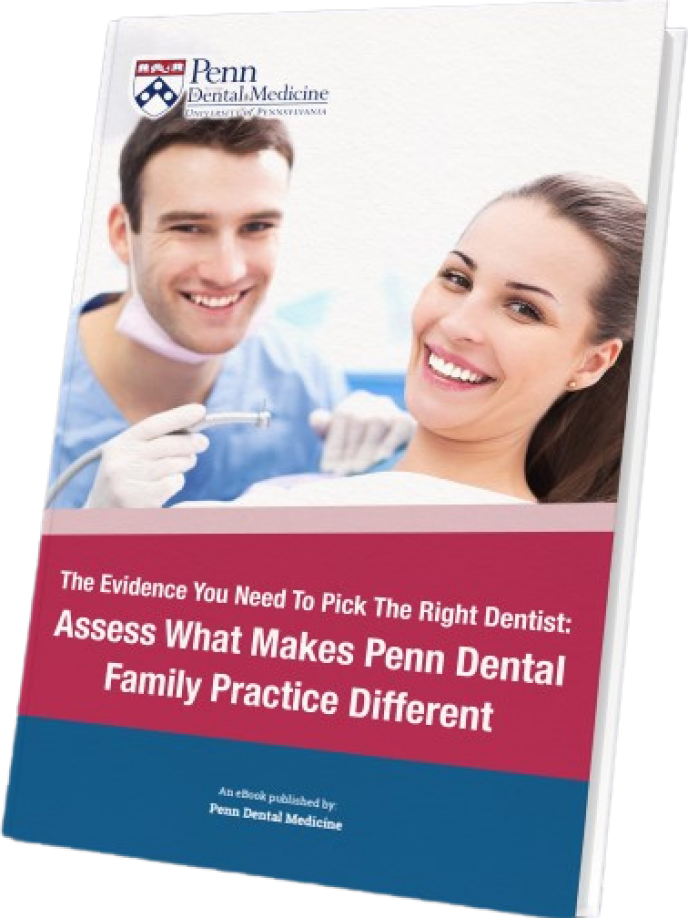Resource Library
Start Reading

Have you been avoiding sensitive spots when you’re brushing your teeth? Do your gums appear redder than usual, or are your jaw and cheeks swollen? Are you experiencing intense, unrelenting pain in your mouth? All these problems may be symptoms of a tooth abscess.
A tooth abscess (or dental abscess) is a pocket of pus (thick fluid made up of white blood cells, cellular debris, and dead tissue) in a tooth that is caused by bacterial infection. Tooth decay, a cracked tooth, or periodontal disease (gum disease) can all trigger the infection. If an abscessed tooth goes untreated, a serious infection in the teeth, jawbone, and surrounding tissues can result.
An abscessed tooth won’t go away on its own. Even if it ruptures, dental treatment is needed to eliminate the presence and spread of infection. Recognizing tooth abscess symptoms is critical for getting the care you need to keep this oral health problem from becoming worse.
 Typically, an abscessed tooth’s symptoms start as soreness and swelling, and include:
Typically, an abscessed tooth’s symptoms start as soreness and swelling, and include:
Some visible signs are reddening of the gums and swelling, such as a swollen jaw from an abscessed tooth.
Over time, if a swollen face from an abscessed tooth worsens or the pain or tenderness around your jaw or cheek becomes more severe, or if you have a fever, the infection may be spreading. Tooth loss or more serious complications can result.
 Any of the following factors can put people at greater risk:
Any of the following factors can put people at greater risk:
Neglecting to take proper care of the teeth and gums not only increases the risk of a tooth abscess but also tooth decay, periodontal disease (gum disease), and other problems. Brushing teeth twice a day and flossing regularly is critical to the best oral health outcomes.
Diets high in sugary foods and drinks heighten the risk of dental caries (tooth decay or cavities), the world’s most common noncommunicable disease. Bacteria on the teeth (plaque) metabolize sugars, producing acid that dissolves tooth enamel over time, which can result in dental abscesses.
“Many people, young and old, take medications that cause dry mouth,” says Deanne Wallaert, a public health dental hygiene practitioner at the University of Pennsylvania School of Dental Medicine, “and that puts them at an increased risk of getting cavities because of that lack of saliva.” This can mean an increased risk for abscesses.
Yes. If a tooth abscess isn’t treated, it can potentially spread to the jawbone, soft tissues of the neck and face, and other areas of the body. In very rare instances, the infection could even spread to the brain and heart.
Download this handy chart to get the answers you need to important questions about who to trust with your family’s oral health care.

If you’re seeing or feeling any tooth abscess symptoms, see your dentist or endodontist (a dental specialist focusing on tooth pain and treatment) immediately. Early intervention can often save your tooth, relieve your pain almost immediately, and prevent more serious conditions from developing.
 How Do Endodontists Treat a Dental Abscess?
How Do Endodontists Treat a Dental Abscess?Depending on the severity of your situation, your endodontist will likely recommend either a nonsurgical root canal treatment or endodontic surgery.
During a nonsurgical root canal procedure, the endodontist removes the tooth’s interior pulp (the mass of blood vessels and nerves at the tooth’s center), disinfects and shapes the canals inside the tooth’s root (the portion of the tooth below the gums), then fills and seals it.
Several endodontic surgical procedures can save a tooth when nonsurgical root canal treatment isn’t an option. The most common is an apicoectomy or root-end resection. In this procedure, the endodontist opens the gum around the tooth to see the bone beneath, removes inflamed or infected tissue and the tip of the root, and fills and seals the canal’s end.
At Penn Dental Family Practice (PDFP), we possess the specialized knowledge and skills needed to treat and help you prevent serious tooth decay and dental abscesses. When you’re a PDFP patient, you can count on getting attentive and respectful care that relies on state-of-the-art techniques and materials.
If you’re experiencing abscess tooth symptoms, don’t wait to get the treatment and relief you deserve. Schedule your appointment online now, or call us at 215-898-PDFP (7337).
In the meantime, download our complimentary Gum Disease Self-Assessment flyer today.